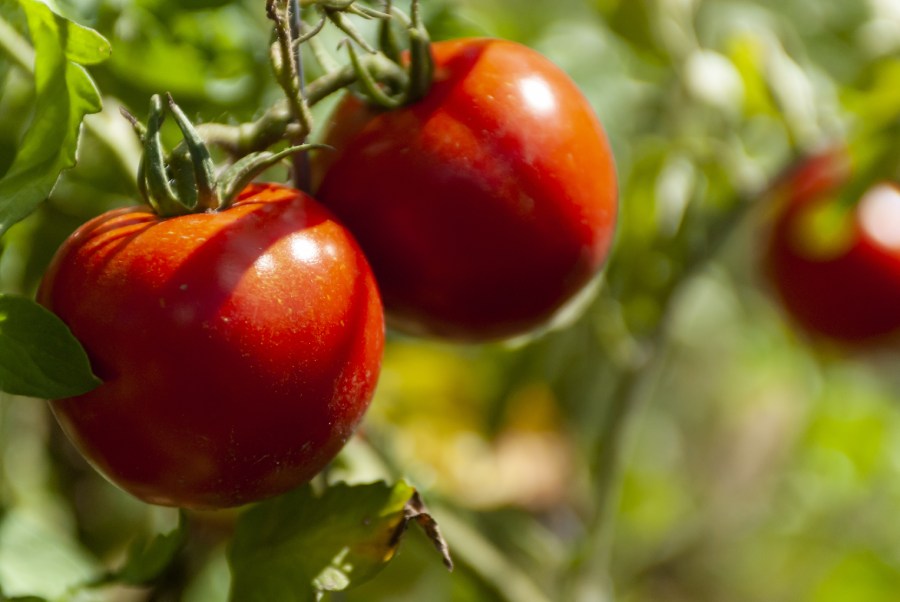In the fertile lands of Iran, agriculture has been an integral part of its cultural and economic landscape for millennia. With a diverse climate ranging from arid deserts to lush valleys. Iran boasts an array of crops that thrive in various regions. In this article, we delve into the major crops of Iran, highlighting their significance, cultivation methods, and contributions to the nation’s agricultural sector.
Major Crops of Iran: A Closer Look
Wheat:
As one of the most important cereal crops globally, wheat holds a prominent place in Iran’s agricultural output. The country’s favorable climate and extensive irrigation systems support robust wheat cultivation. Making it a staple crop for both domestic consumption and export. Regions such as Fars, Khuzestan, and Khorasan are renowned for their wheat production, contributing significantly to Iran’s food security. You can order all Iranian crops in bulk, just contact us.
Barley:
Another essential cereal crop, barley, plays a vital role in Iran’s agriculture, particularly in regions with cooler climates and higher altitudes. Barley serves various purposes, including animal feed, human consumption, and the brewing industry. Its resilience to adverse growing conditions makes it a preferred choice for farmers across Iran. With provinces like East Azerbaijan and Kurdistan leading in barley cultivation.
Rice and Major Crops of Iran:
Iran’s rich agricultural heritage extends to the cultivation of rice. Primarily in the northern provinces with abundant water resources and suitable climatic conditions. The Caspian Sea region, including Gilan and Mazandaran, is renowned for its high-quality rice production. Contributing to Iran’s self-sufficiency in this essential staple crop. With advancements in irrigation techniques and agricultural practices. Iran continues to enhance its rice yields, catering to both domestic demand and export markets.
Fruits and Nuts:
Iran’s diverse geography supports the cultivation of a wide range of fruits and nuts, including pistachios, dates, pomegranates, and citrus fruits. Major crops of Iran thrive in various climatic conditions. From the arid plains of Kerman for pistachios to the tropical regions of Hormozgan for dates. Known for their superior quality and distinct flavor profiles. Iranian fruits and nuts enjoy a strong demand in international markets, contributing significantly to the country’s agricultural exports.
Grains and Pulses:
In addition to wheat and barley, Iran cultivates a variety of grains and pulses, such as corn, lentils, and chickpeas. Major crops of Iran play a crucial role in diversifying agricultural output, supporting both food security and income generation for farmers. With government initiatives to promote sustainable farming practices and increase yields. Iran aims to strengthen its position as a major producer of grains and pulses in the region.
Conclusion
In conclusion, the major crops of Iran encompass a diverse array of agricultural products that reflect the country’s rich cultural heritage and agricultural prowess. From staple cereals like wheat and barley to prized fruits and nuts. Iran’s agricultural sector continues to thrive, thanks to its favorable climate, fertile soil, and centuries-old farming traditions. By focusing on sustainable practices and technological advancements. Iran poise to maintain its status as a leading producer of agricultural commodities, ensuring a bountiful harvest for generations to come.


Leave a Reply